We enjoy covering holiday traditions on the Recollections blog. One of the most pervasive traditions is almost overlooked because it is so ingrained in the season, the use of red and green. How did the colors become the colors of Christmas? Let’s look at some theories, including what I believe to be true.
Red and green: Customer theories
As I was a bit stumped about the history of red and green I thought I would see if our readers are as well. We asked our Facebook followers what they believe to be the origins of the tradition and we received a wide variety of answers. Some common themes:
“Because those are the most prominent colors of winter hardy plants.” -Ang
“Red is the blood of Jesus Christ, and green is the evergreen tree, representing eternal life as it stays this hue throughout the winter. These two colors also represent the leaves and holly berries embodying the crown of thorns on Jesus’ head on the cross.” -Linda
“Because Christmas was pinned onto the earlier Celtic pagan tradition of winter solstice that used holly (red berries on green leaves) as a promise of new life in the Spring. Holly was a sacred plant of the Druids that represented eternal life.” -Alexis
“Holly berries, Christmas trees decorated in red. Santa/trees.” -Kryila
The web has a similar variety of similar theories. The most common, however, is that red and green as Christmas colors were invented in a sense by Coca-Cola. My brief resides with the notion that the tradition has been around for centuries and is a simple matter of good old Mother Nature.
We’d love to know what conclusion you arrive at. Let us know in the comments.
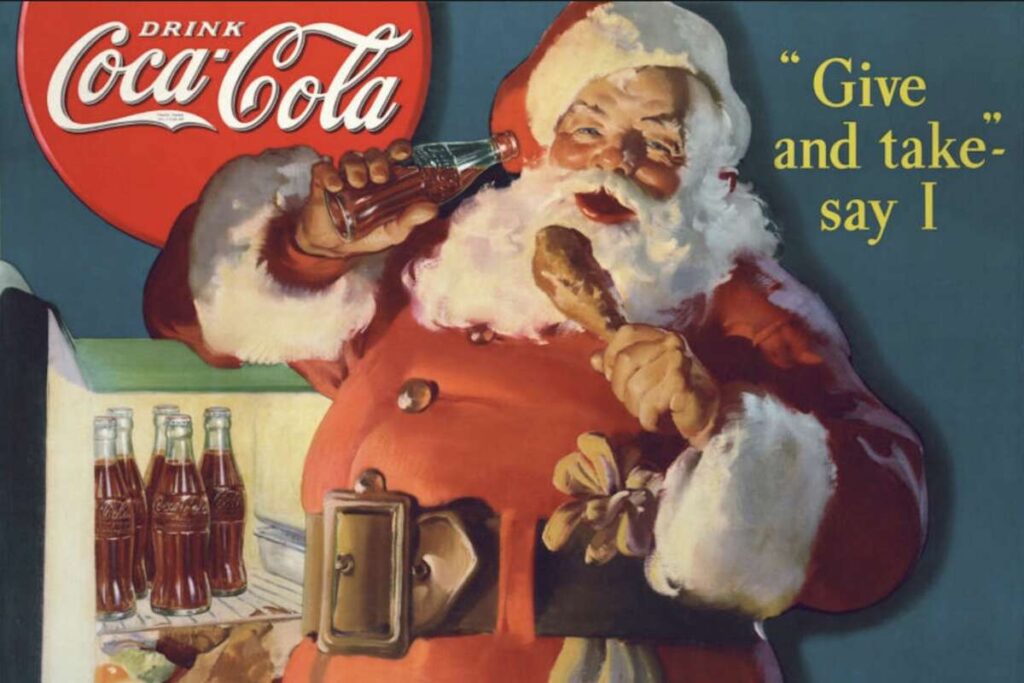
Did Coca-Cola paint Santa red?
Over and over again in my research, I saw the idea that the well-known Coca-Cola Santa Claus was the main origin of the red and green tradition. Says the Farmer’s Almanac:
“In 1931, an illustrator named Haddon Hubbard “Sunny” Sundblom, working for Coca-Cola, created the iconic jolly Santa Claus as we know him today. Sundblom was inspired by Clement Moore’s 1822 poem, “A Visit from St. Nicholas” (better known as “‘Twas the Night Before Christmas”). In Victorian times, Santa was often portrayed as an elf, with miniature reindeer. It was Sundblom who transformed the character into the warm, happy, rosy cheeked bearded man wearing that iconic red suit that Americans grew to love (the particular shade of red borrowed from Coca-Cola’s branding).”
“Before Coca-Cola’s ads, Santa often appeared dressed in various colors—a far cry from the signature red suit we associate with him now.”
Business Insider:
“Then we get to about 1931, I believe, and Coca-Cola hires an artist named Haddon Sundblom to depict Santa Claus. And we see this incredibly fat, jolly, red-cheeked fellow with these big red-and-white robes. Again, he’s not the first person to do it, but Coca-Cola uses this ad as its big Christmas campaign, and it’s seen all around the United States. And this is when we really start to see the colors of red and green defined as the colors of Christmas.”
In a blog post titled “The Real Reason Why Christmas Colors are Green and Red:
“Despite these meaningful religious traditions, there’s one person we should thank for confirming red and green as Christmas colors: Haddon Sundblom. Never heard of him? He’s the guy that Coca-Cola hired to draw a Santa Claus for the company’s ads.”
Do I believe that Haddon Sundblom both solidified red and green as Christmas colors and Santa as a jolly, loveable old man? No. And here is why…
The truth about Santa’s look
Yes, it is true that before the 20th century, Santa was shown in other colors far more than today. Below are some pretty examples.
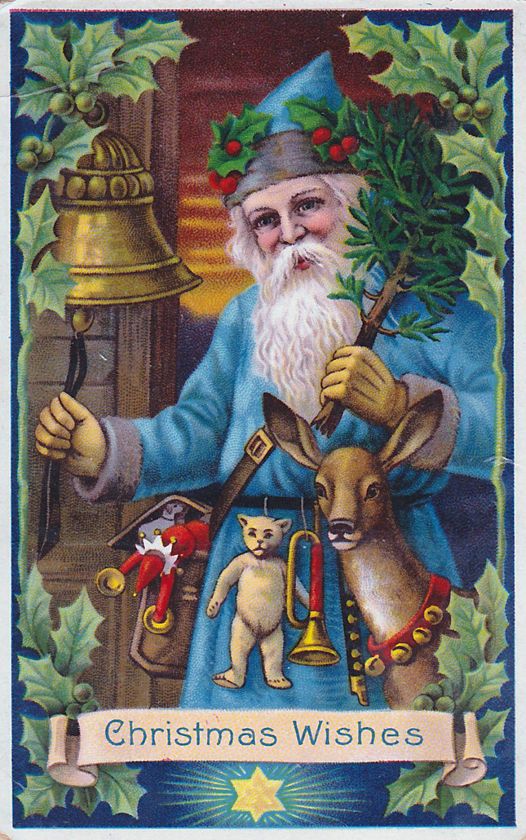
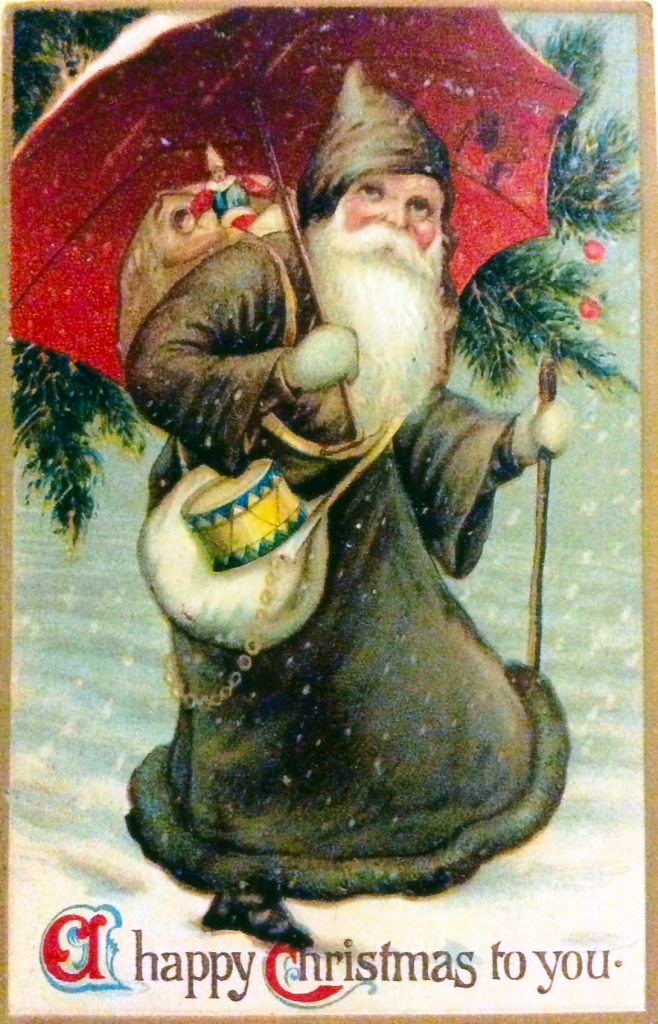
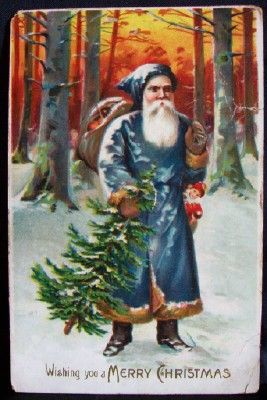
While these images show that people accepted Santa had more variety in his wardrobe than we accept today, they were much harder for me to come by than the blog posts above suggest. In truth, the red cloak and ensemble were exceptionally more common.
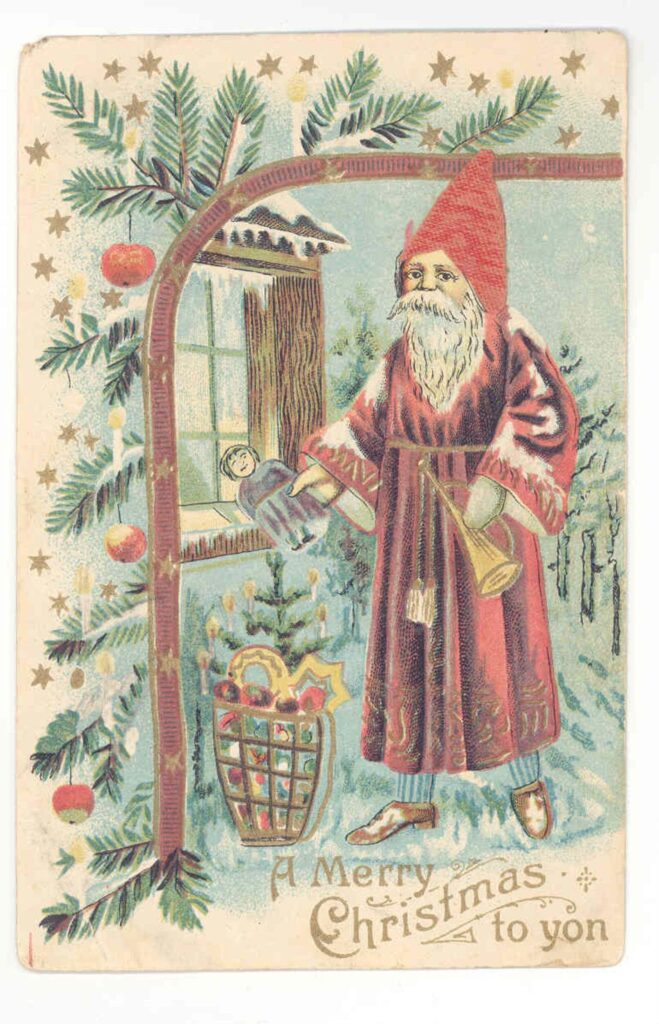
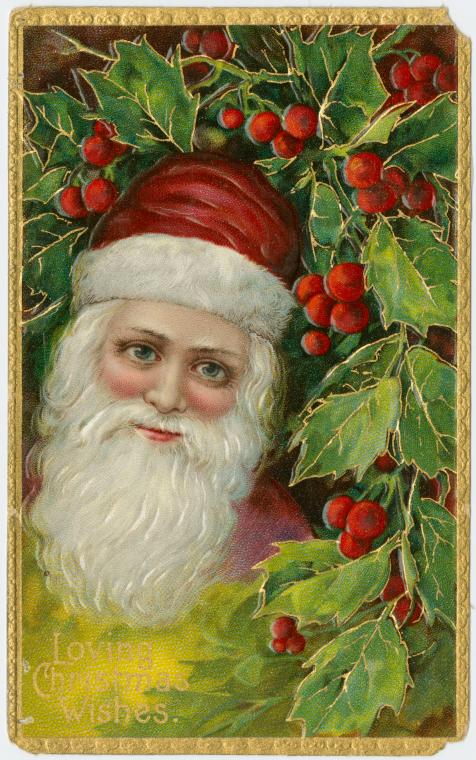
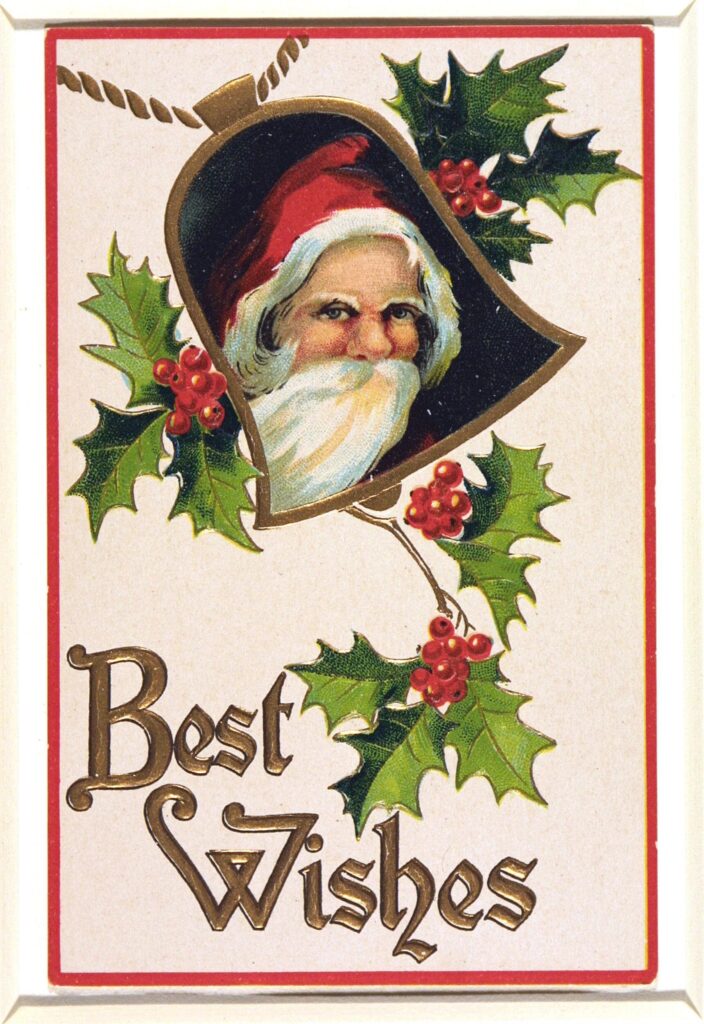
Likewise, the public believed him to be a perfectly jolly man with just as much a bowl full of jelly as we see him today.
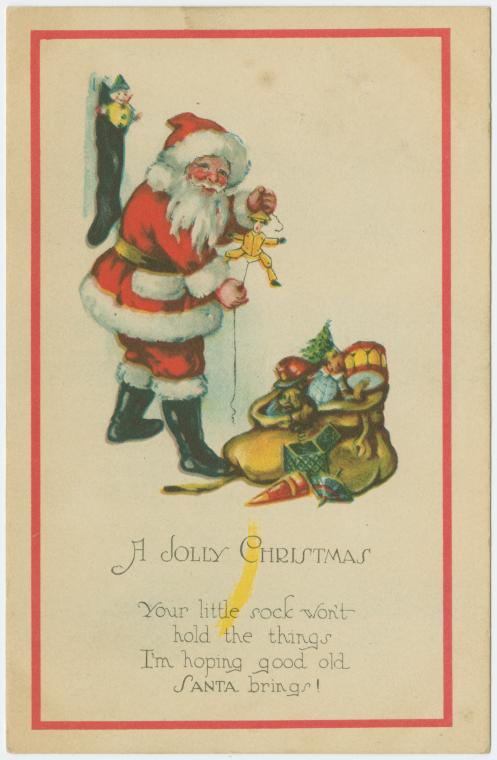
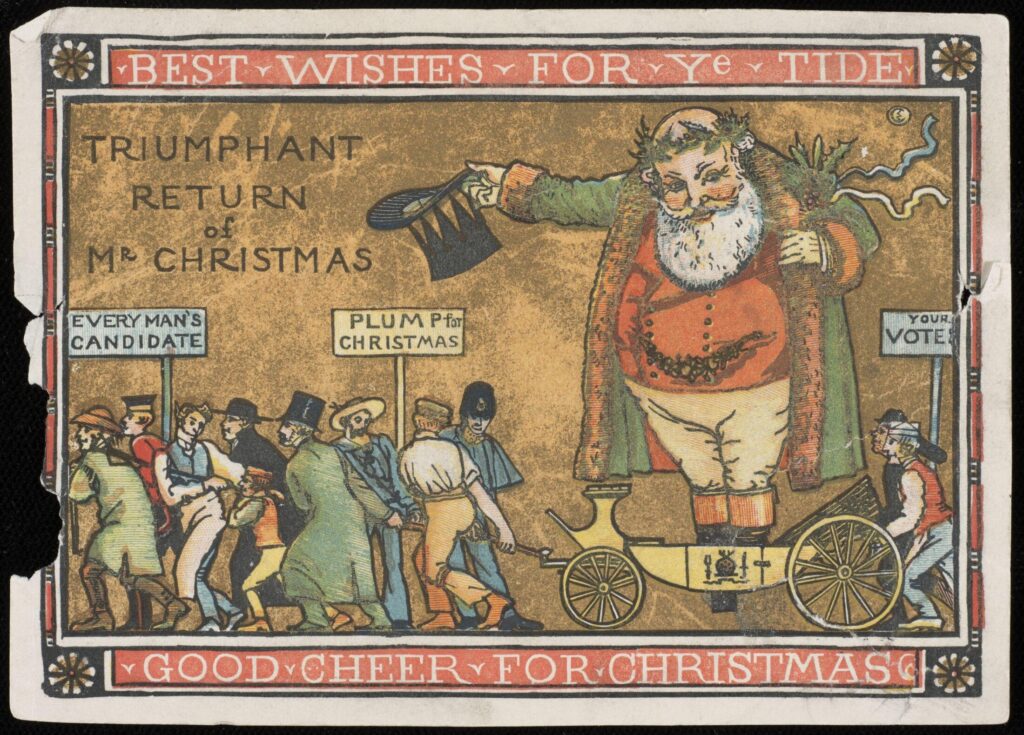
The holly and the ivy
My firm belief is that red and green have been used for many centuries to signify Christmas/Yuletide and that the colors have pretty much always been there during this sparkly time of year. Some proof:
Winter Solstice
-As many readers know, Christmas is derived from ancient European pagan winter traditions. Based on imagery and other sources it is known that holly and ivy were used as part of the celebrations. Says English History Writers;
“Pagans fashioned Holly and Ivy into wreaths and garlands for the Winter months; Ivy had a close association with the idea of Bacchus, the Roman God of wine, Holly with Saturnalia (upon which the Christmas holiday was based) Holly and Ivy were accepted decorations during Roman times, and despite the disapproval of early church fathers, they gradually found their way into our Christmas traditions. “
Considering that holly and ivy naturally occur during winter, it is not a stretch to believe they were common aspects of the Winter Solstice tradition. And this brings me to another point.
Want to learn about more history myths? Sign up for our newsletter so you don’t miss a thing.
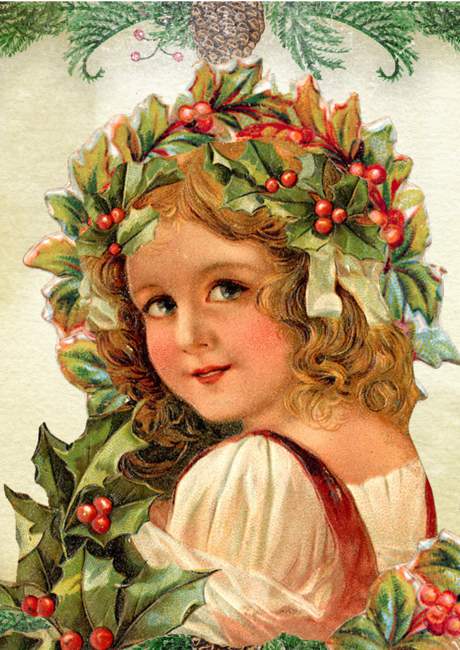
Robust winter plants
Both holly and ivy are firm enough to not only grow in most winter climates but thrive, especially older plants. This has led to the plant being used as decor for ions, holly in particular. The vibrant green leaves and red berries are an obvious reason (to me!) that red and green rose to the top.
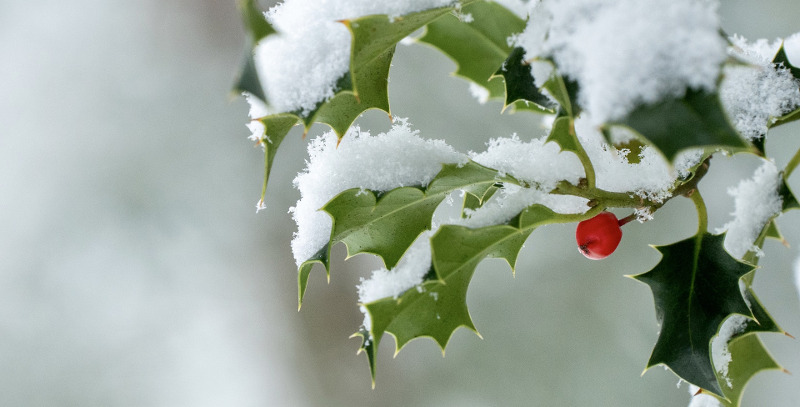
“The Holly and the Ivy” Christmas carol
The song “The Holly and the Ivy” is a classic loved today. Did you know that the song dates back nearly 200 years if not more?
The delicate lyrics date back to the 18th century, if not further. PBS comments on the history of the song, proving another one of my points at the same time:
“The melody for this popular carol is an old English folk song, and the lyrics date to at least the early 18th century. But the sacred symbolism of holly and ivy extends even further back into medieval England. Holly and ivy are traditional rivals in the forest, representing masculine and feminine traits respectively, and they have been customary Christmas decorations since the late medieval period.
The lyrics for this carol interpret the holly’s physical traits—blossom, berry, thorns, and bark—as parallel symbols of Mary and Christ. Given the ancient origins of the carol, it’s not surprising that the phrase “merry organ” from the song’s refrain is found in Chaucer’s Canterbury Tales, which may be the original source for that particular lyric.”
The song was published as early as 1818, evidenced by the example below:
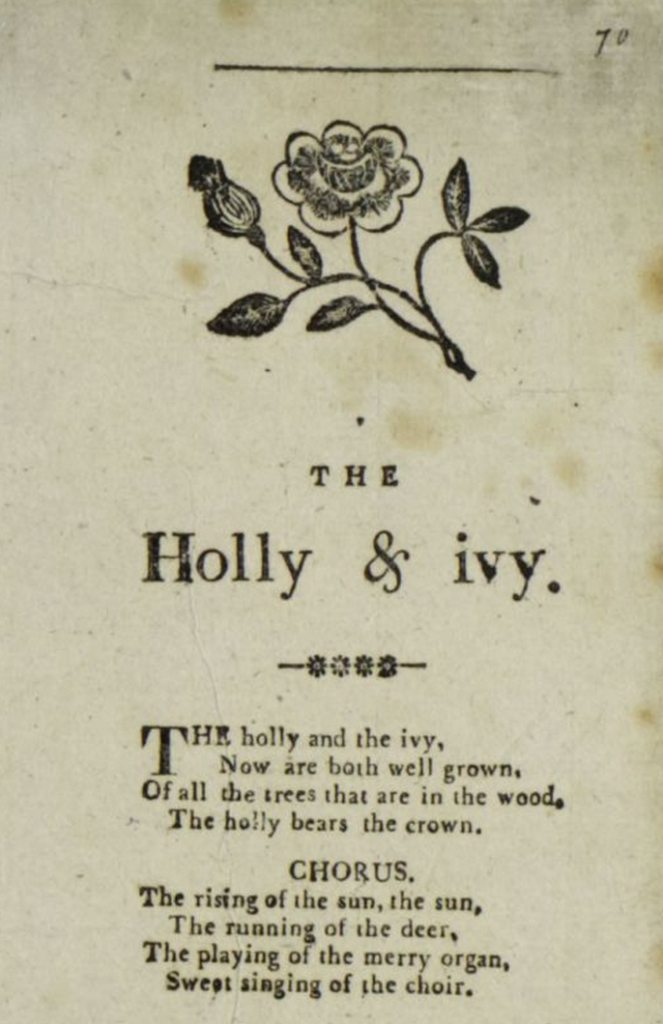
Some of the lyrics show a clear link between red and green and Christmas:
The holly bears a blossom,
white as the lily flower,
and Mary bore sweet Jesus Christ,
to be our sweet Saviour.The holly bears a berry,
as red as any blood,
and Mary bore sweet Jesus Christ
to do poor sinners good.
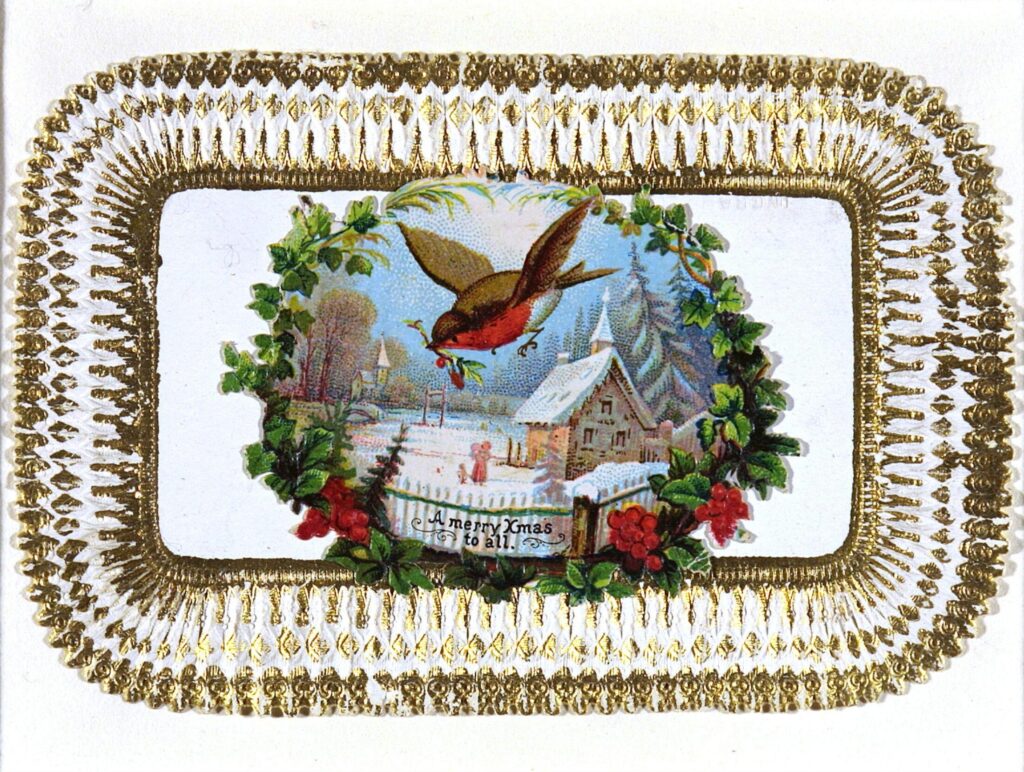
Red and green: A tradition as old as time
So what do you think? From what I can tell, red and green have always been a part of the Christmas tradition as we know it today and before Christmas was even called Christmas. Imagery from the 19th century displays this well. So while Coca-Cola’s Santa may be beloved, let’s give credit where credit is due.
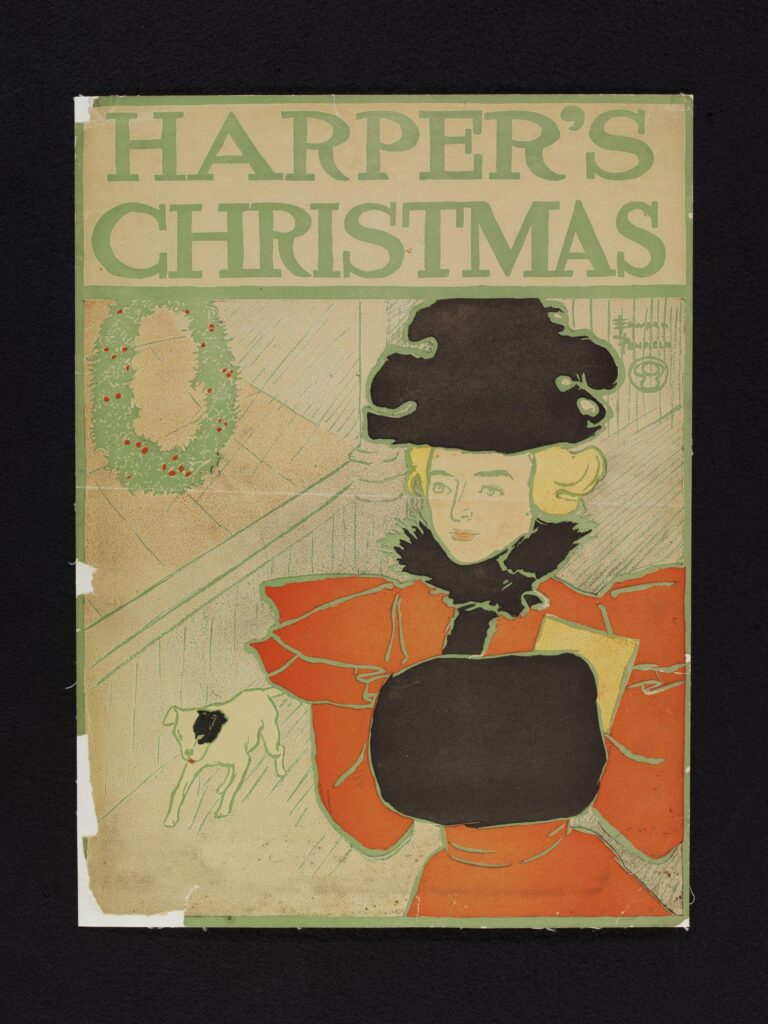
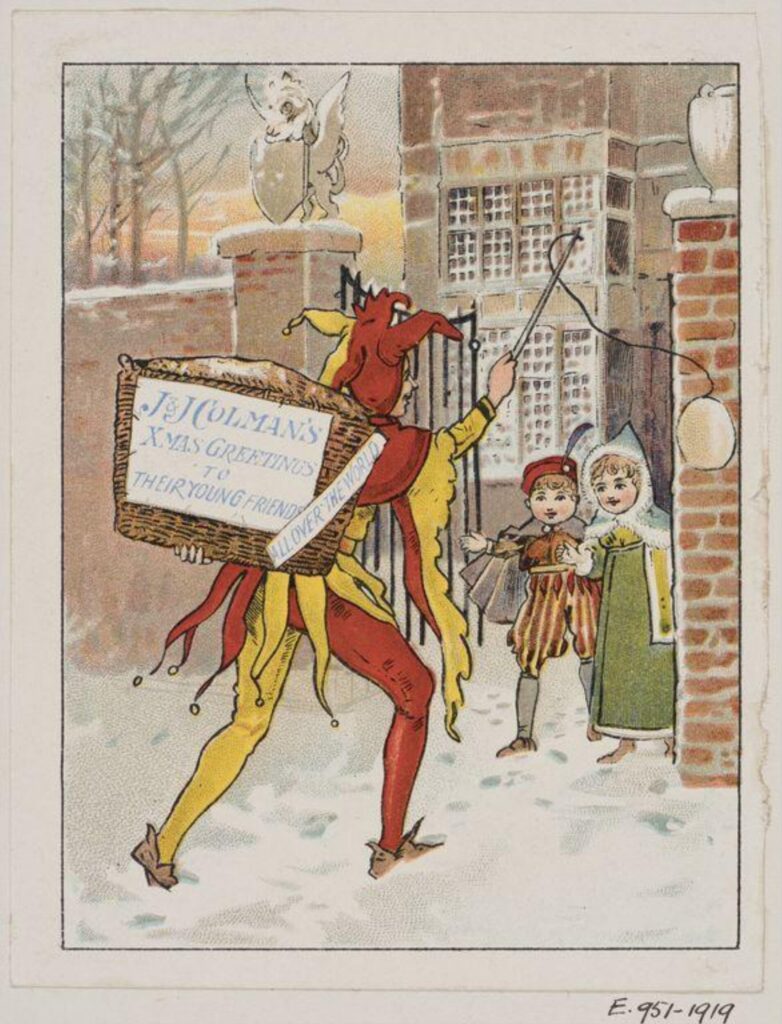
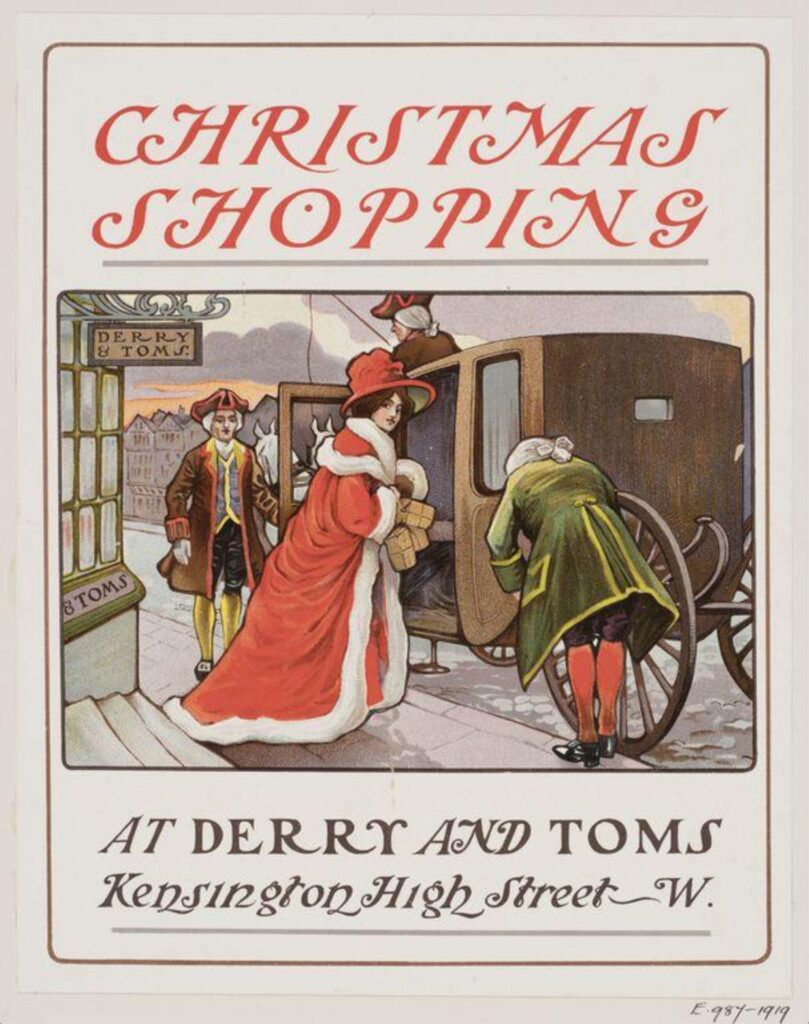
Love learning about Christmas traditions? Read more:

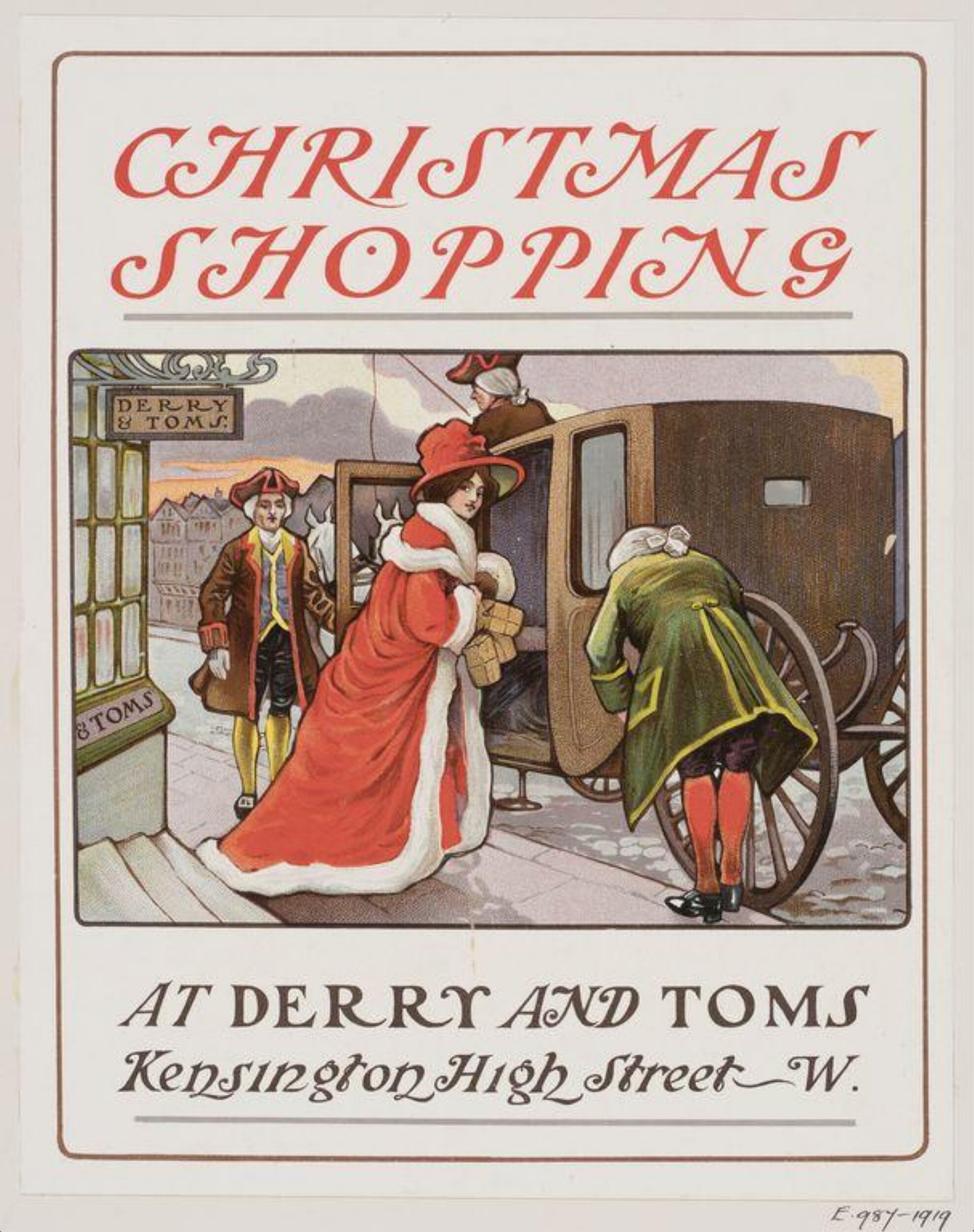


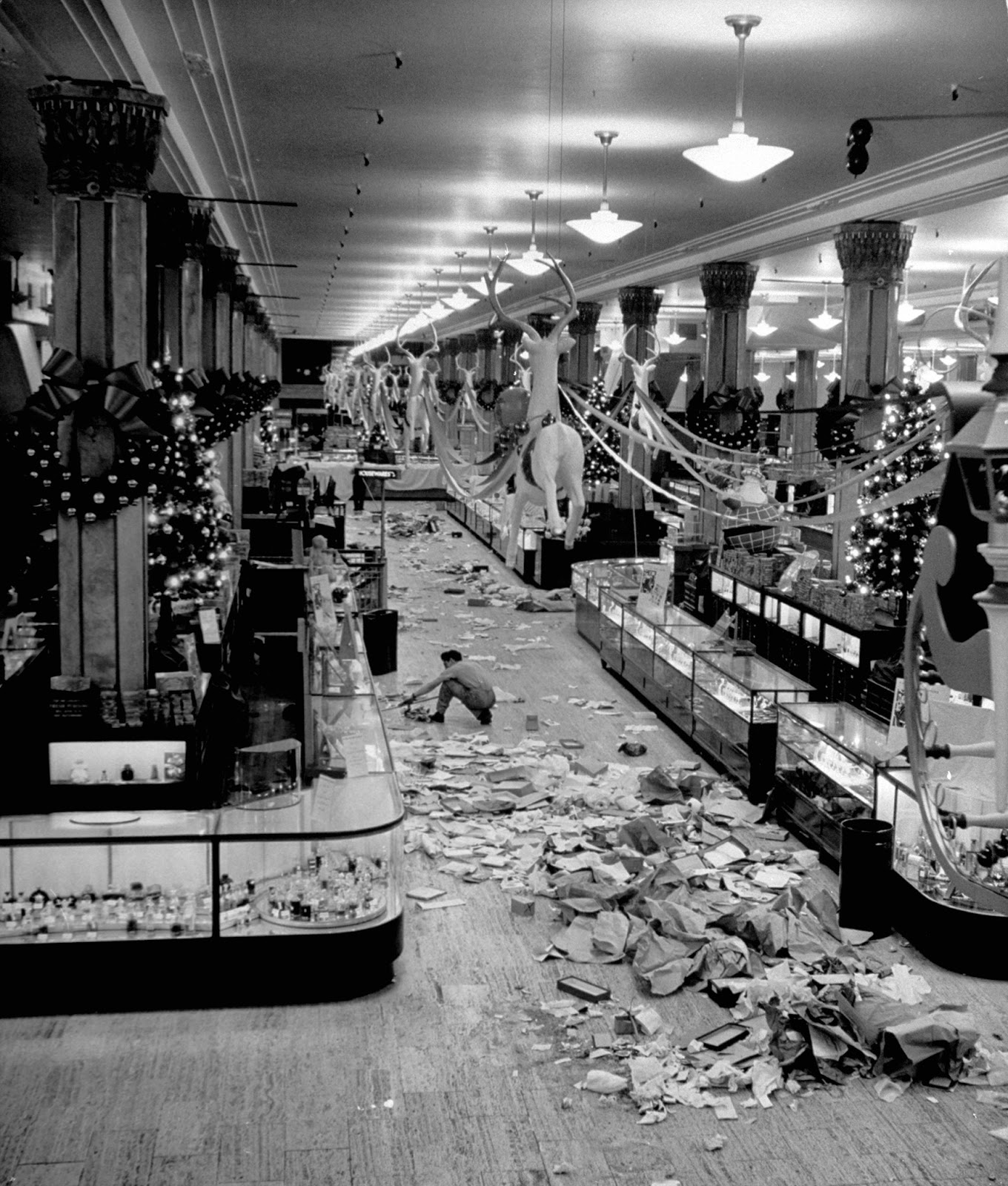
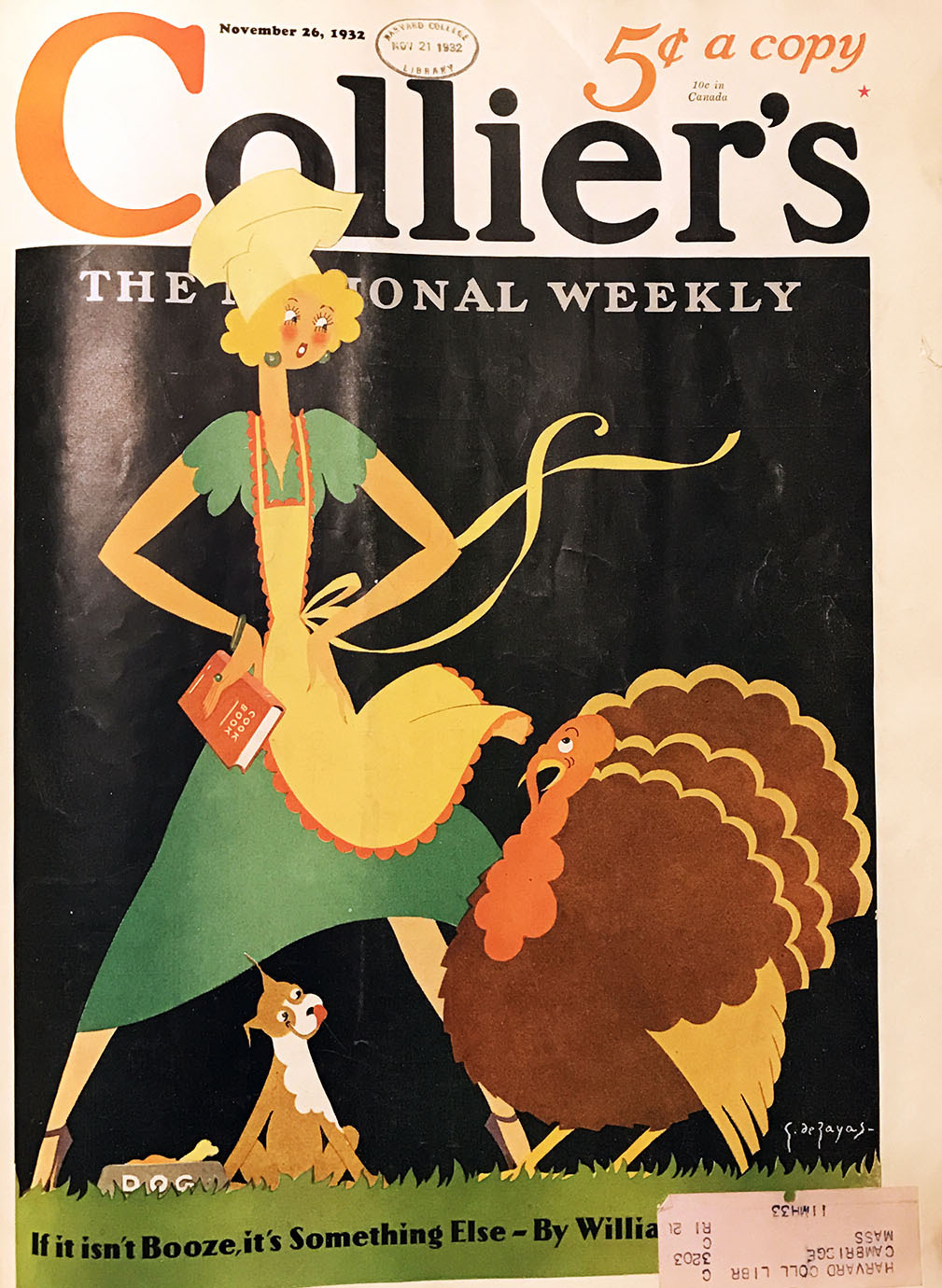
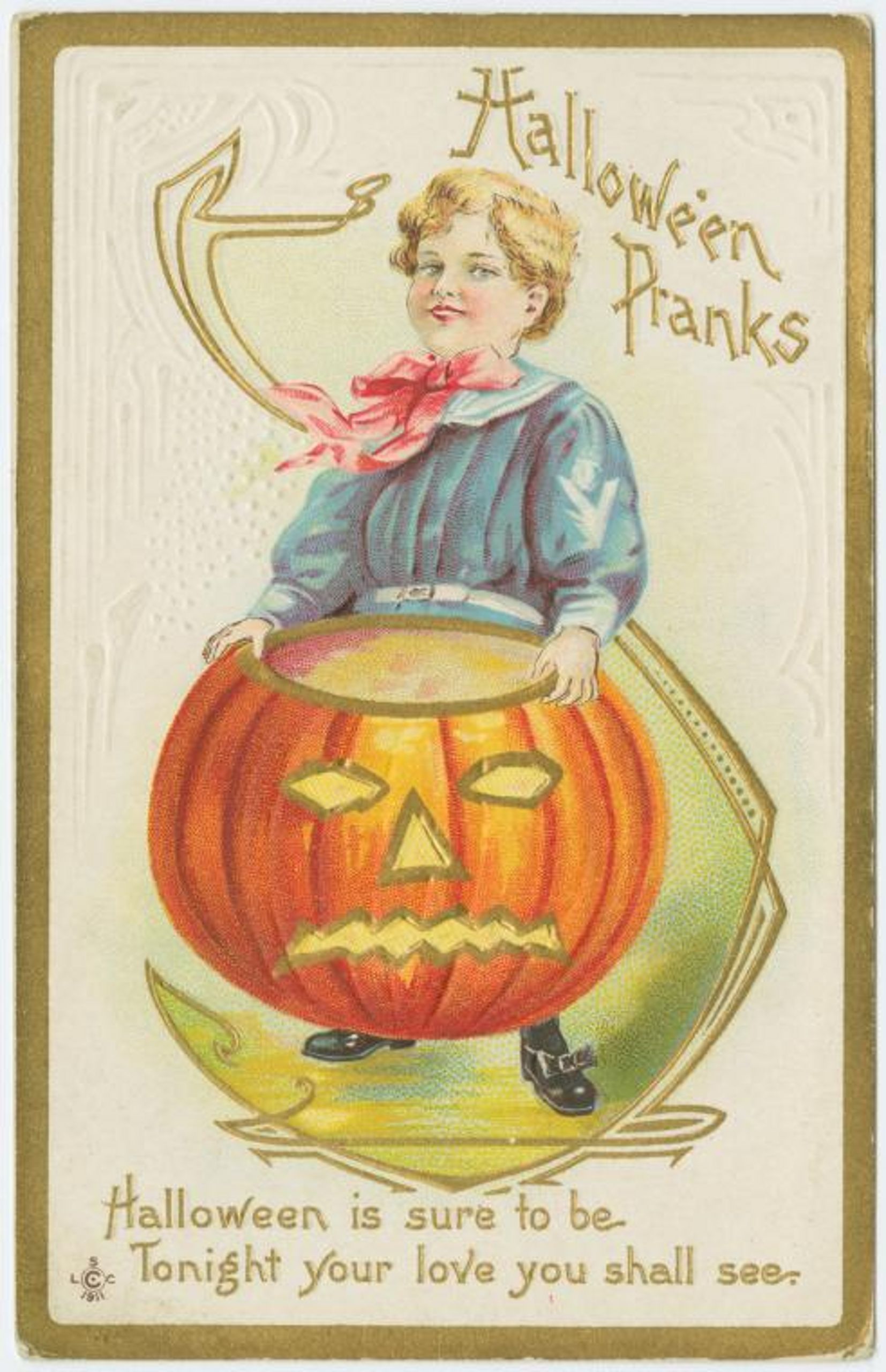
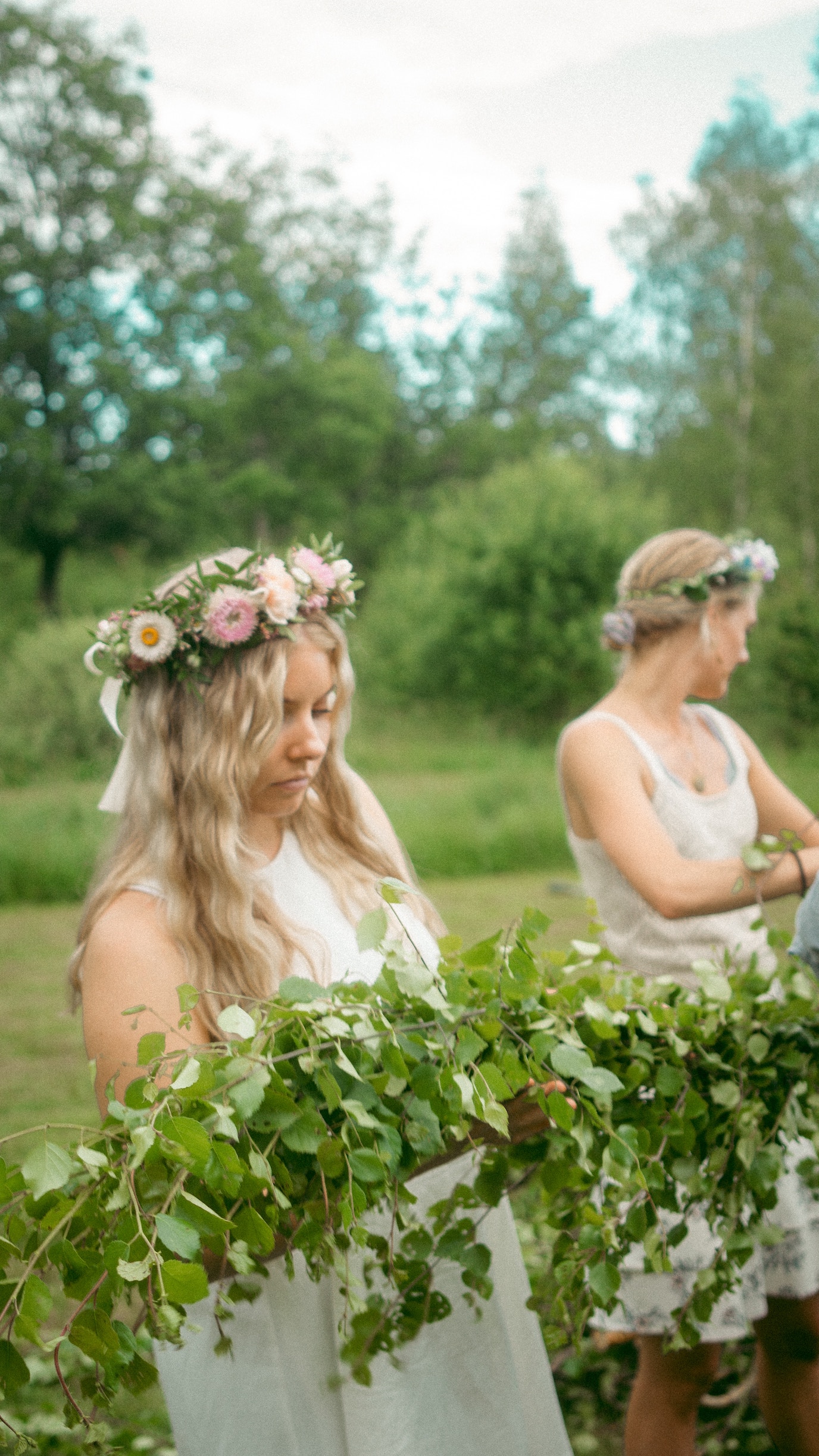
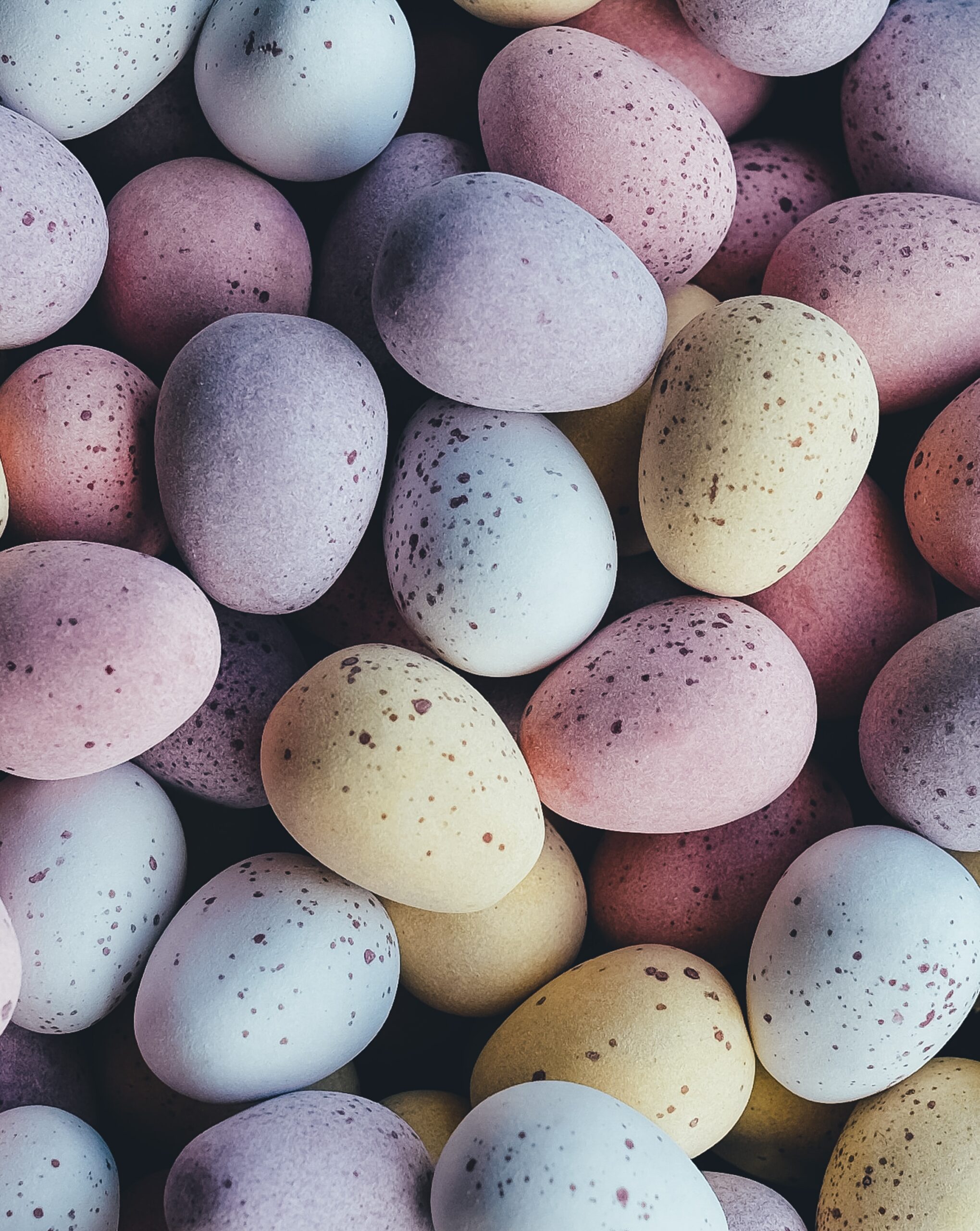
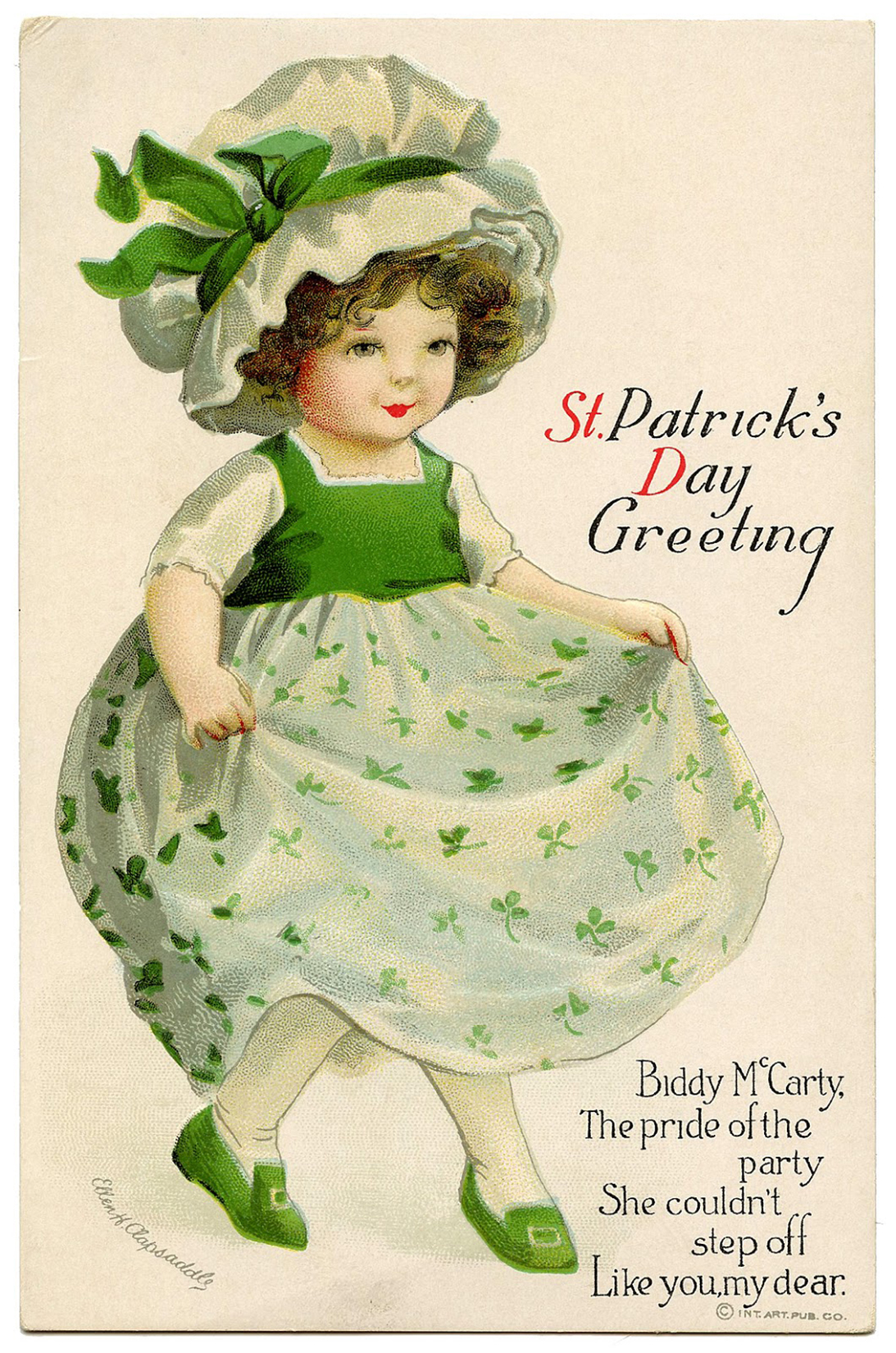
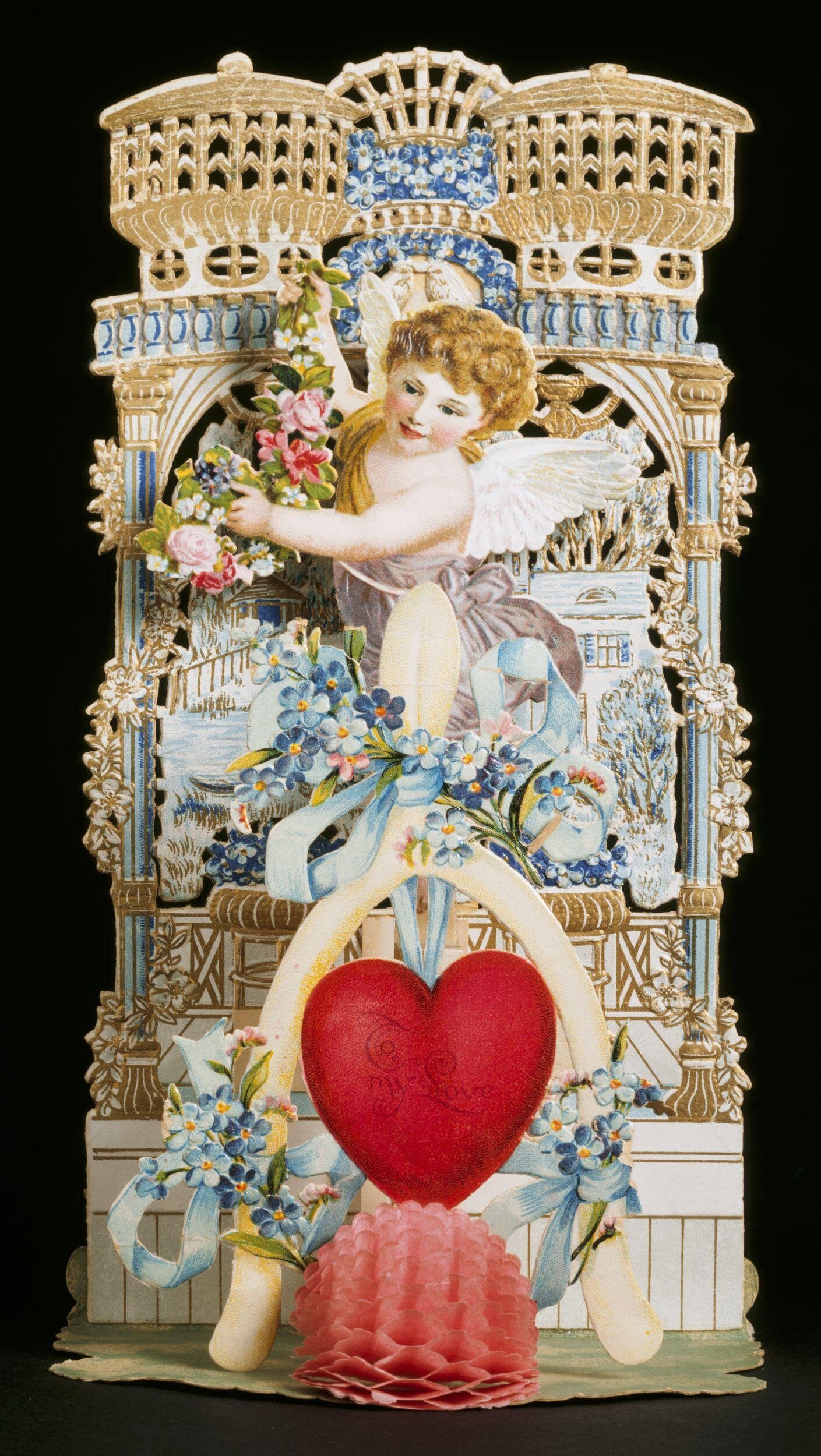

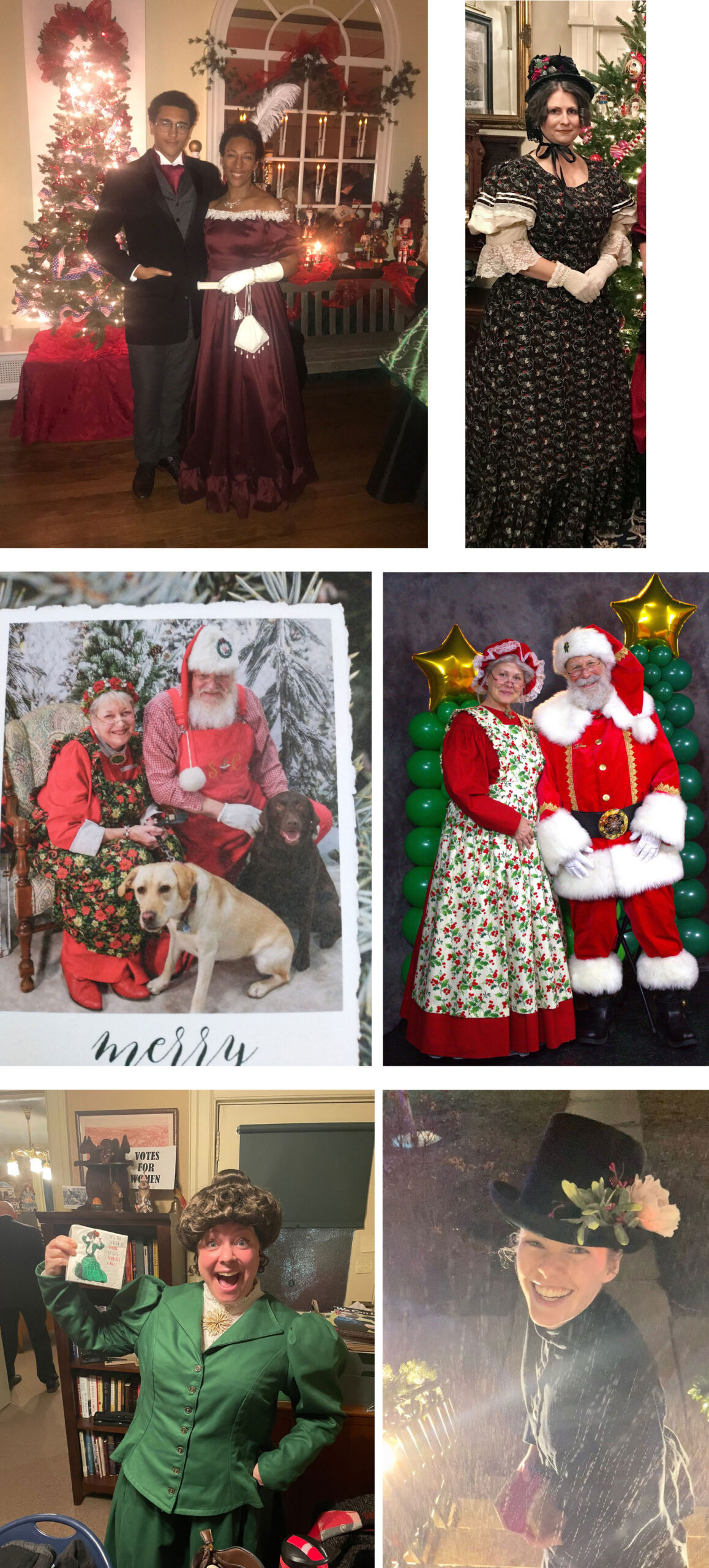
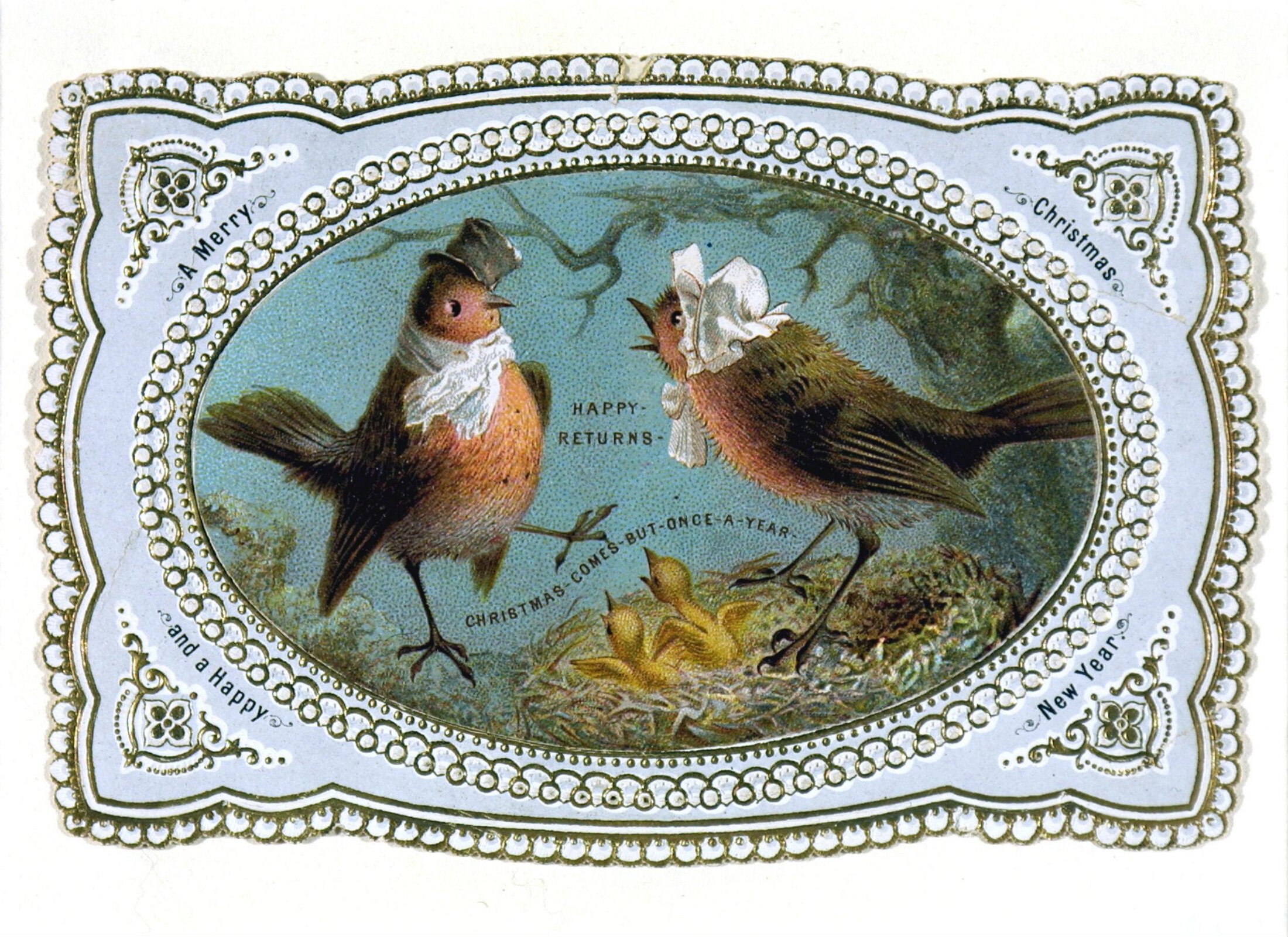
I love that you never go with the “common held belief,” and always dig a little deeper. Your explanation and the evidence that backs it up shows a lot more research and thoughtfulness than the contemporaries that looked at this same topic.
It may also be interesting to note that the traditional colors for various church vestments (green for ordinary time, white for Christmas, and red for Pentacost) are represented in the secular colors associated with Christmas.
The “CocaCola” theory holds some truth – I believe Father Christmas was traditionally depicted in a green suit prior to their ad campaign.
However, I agree with you that the colors are much older. If you examine older paintings, the Virgin Mary was traditionally painted in red and green – until a Papal decree in the middle ages said she must henceforth be depicted in blue and white.
Holiday cheers!